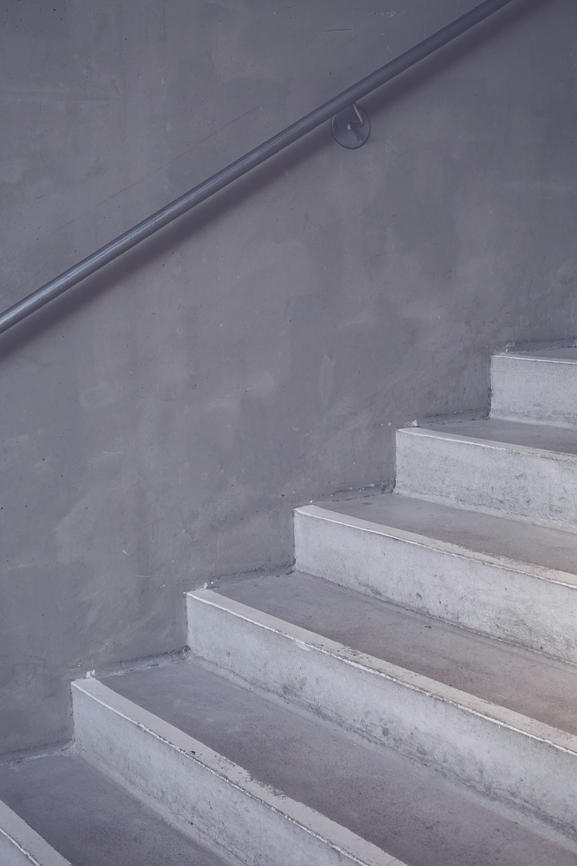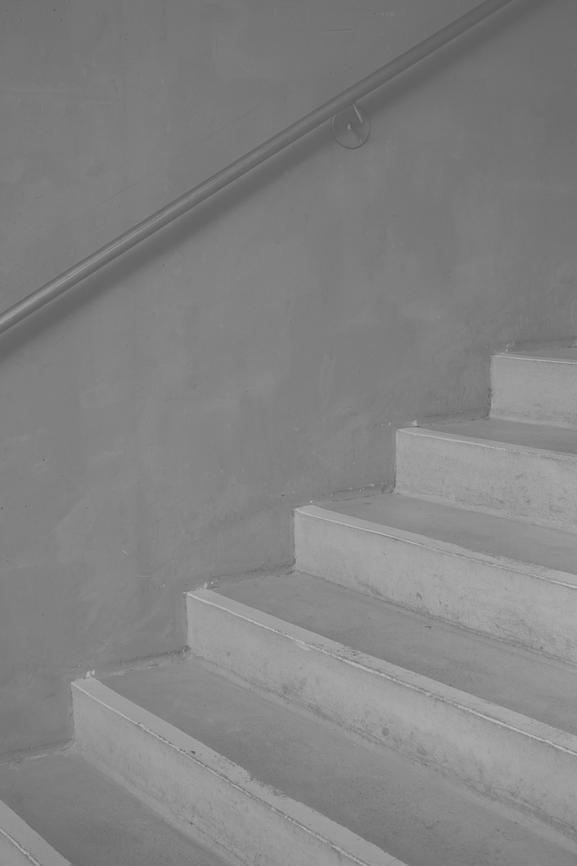I love talking to friends and clients about their financial lives. I especially love those “ah ha” moments when people realize that concepts they’ve never even considered are actually really important. This happens a lot when talking about homeowner’s and renter’s insurance.
This week, we’ll continue my insurance series by focusing on the importance of insuring your dwelling, its contents and shielding yourself from liability in it.
Why It’s Important
Most people take their home’s safety and security for granted — until it’s too late. We tend to accumulate more and more stuff as we get older without realizing the cost and hassle of replacing it. And while some 95% of homeowners have homeowner’s insurance (almost all mortgage companies require it), only 37% of renters have renter’s insurance. Even those that do have it tend to be underinsured and/or forget the importance of liability coverage.
Whether you’re a renter or homeowner, you need to take proactive steps against losing your valuables. You may be surprised how quickly $30,000 or $50,000 of coverage gets eaten up when replacing lost belongings.
Renter’s Insurance is too cheap not to get!
One of my proudest moments as an advisor came before I knew that I wanted to be one.
In 2004, Ben and I lived in different cities — me in Boston for law school and him in New Jersey for work. One early February morning, I got a call from him and the first thing I heard was, “My house burned down.” I couldn’t quite comprehend what was going on 1) because it was around four in the morning, and 2) because I could hear a lot of commotion — sirens, people yelling from across the street, and of course, Ben was in a panic.
The refrigerator in the basement apartment blew a fuse, and his entire building went up in flames. Everyone got out okay, but Ben lost everything. Luckily, he had taken my advice and purchased renters insurance when he moved into the place.
So instead of freaking out about where he would get money to live (he was pretty broke at the time), his insurance company gave him a large check to replace his belongings, paid for substitute housing for six months and gave him immediate cash for his living expenses.
He often tells people his life would be totally different if he hadn’t had the insurance. He would likely still have credit card and other consumer debt, he wouldn’t have been able to move to Boston with me, and he might not have chosen his current career path.
Unfortunately, his building mates weren’t so lucky. None of them had insurance. And yes, they managed to get through the tragic event, but I would bet they feel the financial impact of the fire even now, a decade later.
Renters insurance (also known as HO-4 insurance) is too cheap for you not to have if you lease a place. For about $12 per month, you can get a policy that will cover $30,000 worth of your personal property and give you $100,000 in liability coverage. Even if you need more insurance, you get a huge bang for your buck with this type of policy.
Keep in mind these policies also cover your belongings whether they are with you in your home, car or when you travel. They can also provide temporary housing if your home becomes inhabitable.
When determining how much renters insurance to purchase, you should use the same analysis that I suggested for your car insurance to make sure you’ve protected your net worth and income.
You should also remember that your landlord’s homeowner’s policy doesn’t cover your belongings. Some landlords may even require that you get it.
Finding the right policy to protect your home
Homeowners especially need to protect their most valuable asset with this kind of insurance. The last thing that you want to do is lose where you live and not have enough money to find another place or replace your belongings.
When choosing dwelling coverage, you’ll want to focus on a few key things.
First, make sure you have the right type of policy. There are six basic homeowner forms.
- HO-2: Homeowners 2 Broad Form — protects against 16 perils named in the policy.
- HO-3: Homeowners 3 Special Form — protects against all perils, except those specifically excluded from the policy.
- HO-4: Homeowners 4 Contents Broad Form — specifically for renters to protect their contents and provide liability protection.
- HO-5: Homeowners 5 Comprehensive Form — a premium policy that protects new, well-maintained homes. Like HO 3, it protects against all perils, except those specifically excluded.
- HO-6: Homeowners 6 Unit-Owners Form — covers personal property, liability and improvements to the owners unit.
- HO-8: Homeowners 8 Modified Coverage — Policy for older homes, with similar coverage to HO 02. It only covers cash value.
HO-3 provides appropriate coverage for most homeowners. However, if your insurer offers HO-5, and you can afford the premiums, I say go for it.
Secondly, understand your property and liability limits. For property, insure up to 100% or more of the replacement cost of the asset. For liability, get enough coverage to protect your assets and income.
Lastly, know what your policy doesn’t cover. Many policies don’t cover the loss of pets. They often cap the amount of jewelry insured. For condo owners, coverage for wall coverings, appliances and fixtures is often limited. You can buy riders to make up for coverage you want but may not have.
Policy Purchasing Tips
You can purchase renters and homeowners insurance in many ways. You can use captive agents like Farmer’s and State Farm. You can also use a broker or find policies online
Here are some tips for getting the most out of your policy:
- Make sure to keep a running inventory of your belongings. You can do this either on spreadsheets or hand-written lists, but make sure you include photos of the items you’re referencing. There are also sites like KnowYourStuff.org that help you keep track online. It’s fairly easy to shoot a video inventory and store it in the cloud. Find out if your insurance company will accept video as evidence.
- Bundle your policies with your other insurance to get multi-line discounts through your provider.
- Purchase a higher deductible policy can save you money on monthly premiums. However, have enough cash on hand to cover losses up to the deductible.
- Opt for coverage that provides Replacement Cost Value (the retail price of your belongs) rather than the Actual Cost Value (the depreciated value of your stuff at the time). While Actual Cost Value policies are cheaper, you will have to cough up more money out of pocket to replace your stuff.
Insurance can’t replace everything that a tragic event can take from you, but it at least allows you to concentrate on getting over that loss without the financial burden.
I would love to hear from you about your experiences with homeowner’s and renter’s insurance. Have you ever had to use it? Think it’s a waste? Let me know at the links below.




